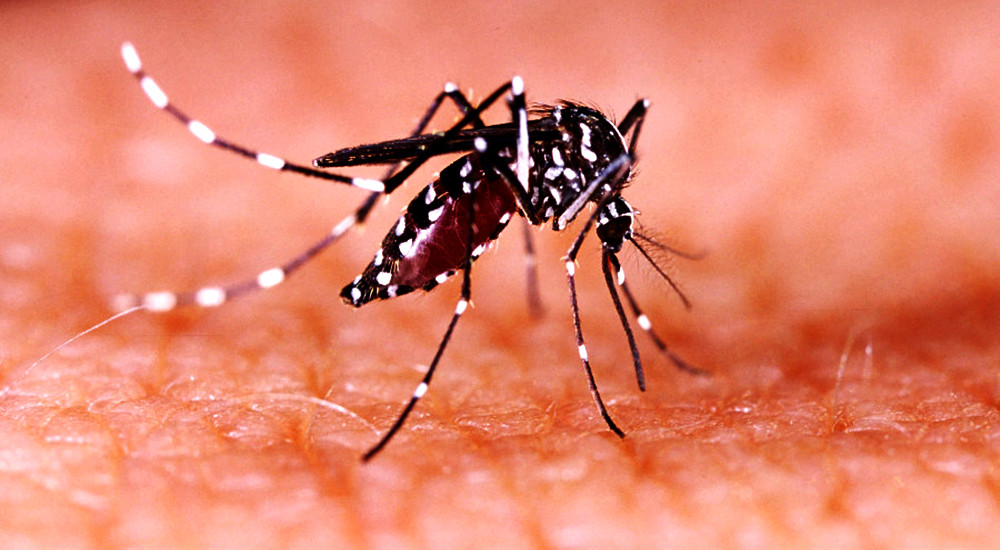

KANCHANPUR: What was once considered a summer and monsoon illness, dengue is now appearing throughout the year in Nepal’s Sudurpaschim Province.
From January to June 2025, 167 cases were reported across multiple districts, with cases even in colder months.
Health experts and officials point to climate change as a key factor behind the expanding timeline of dengue outbreaks.
Rising temperatures, prolonged mosquito breeding cycles, and irregular rainfall are allowing mosquitoes to thrive beyond the traditional season.
“Mosquitoes are now surviving all year, making dengue a persistent threat,” said Hemraj Joshi, Information Officer at the Provincial Health Emergency Operations Center.
Dadeldhura leads with 34 dengue cases, followed by Kailali (31), Kanchanpur (29), Doti (25), and Achham (24). Bajhang and Bajura each recorded 11 cases, Darchula 2, while Baitadi reported no cases during this period.
Joshi noted that poor management of stagnant water and plastic waste contributes significantly to mosquito breeding.
“Dengue can no longer be treated as a seasonal disease. Year-round prevention is essential,” he said, urging a climate-adaptive sanitation strategy.
With the monsoon season approaching, the likelihood of a spike in infections is high. Health officials emphasize the importance of community-level awareness and cleanliness campaigns to destroy mosquito larvae and reduce transmission risk.
Preventive measures advised include wearing full-sleeved clothing during peak mosquito hours, using bed nets, and regularly emptying standing water from containers like tanks, buckets, and tires.
Paramananda Bhatta, head of the Health Division at Shuklaphanta Municipality, said, “The risk is highest during summer and monsoon. Scaling up awareness and sanitation efforts now can prevent future outbreaks.”